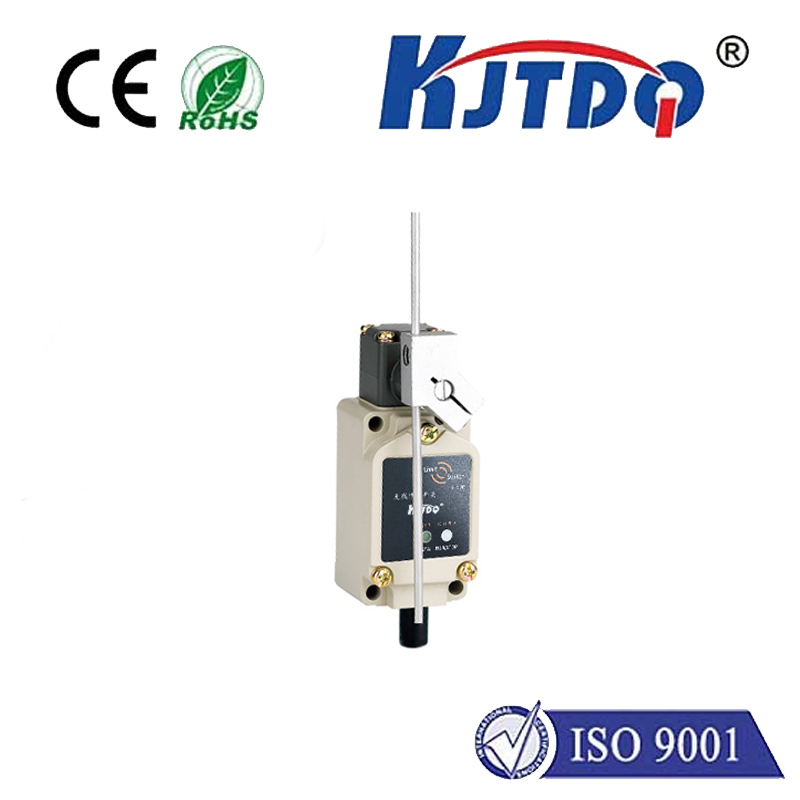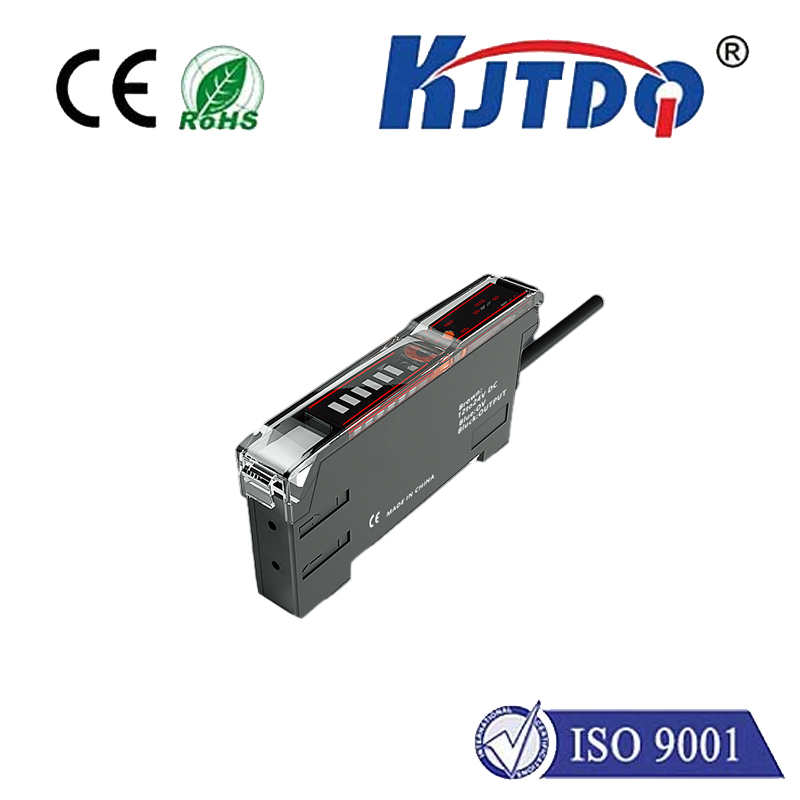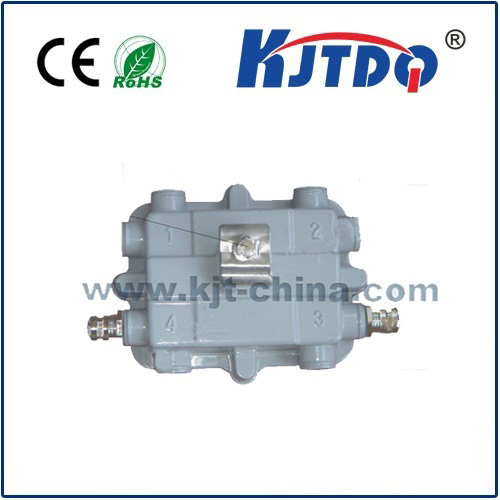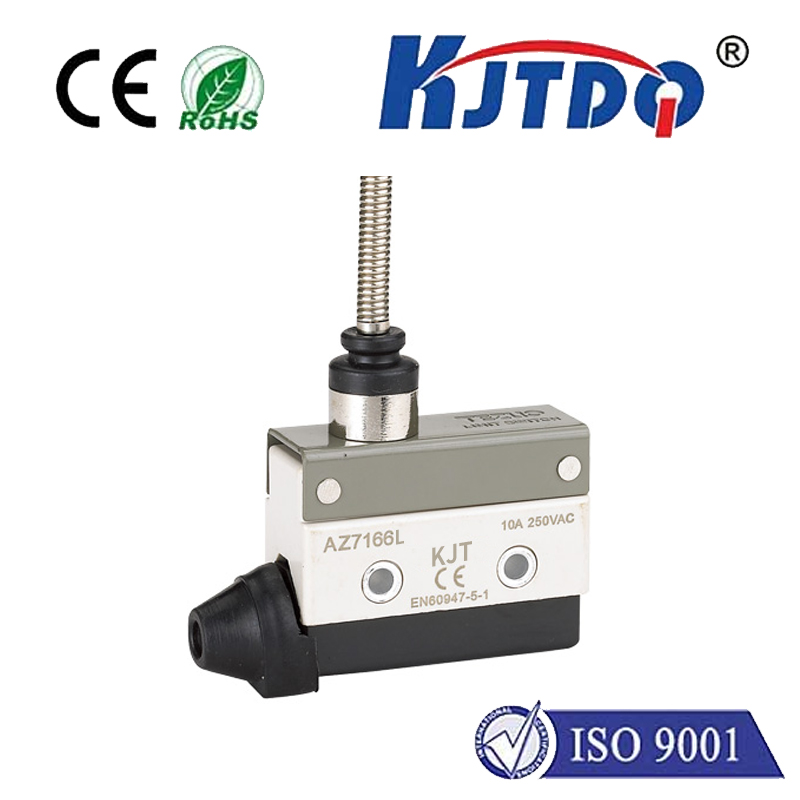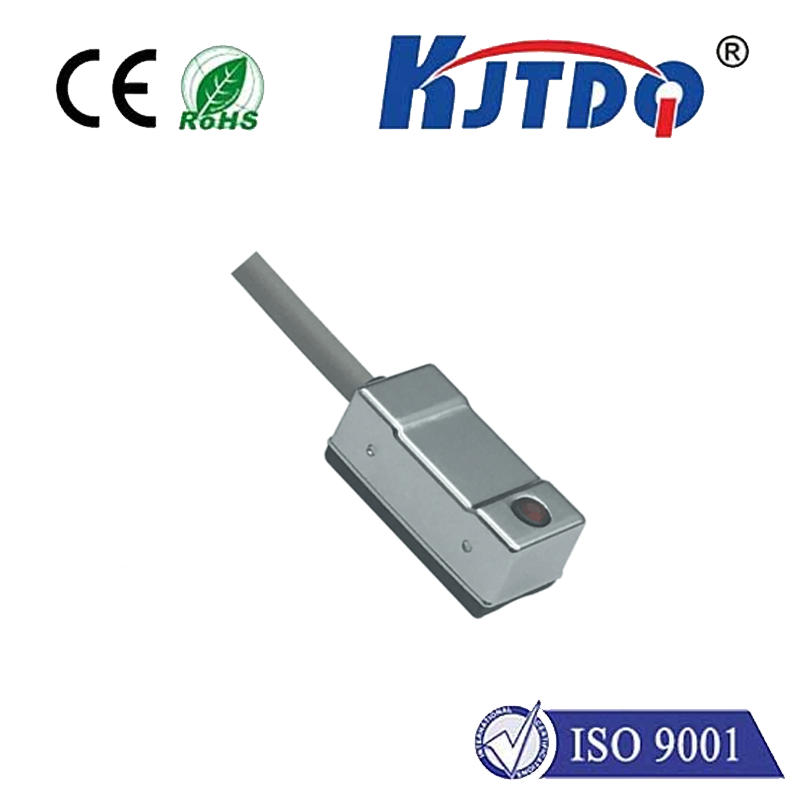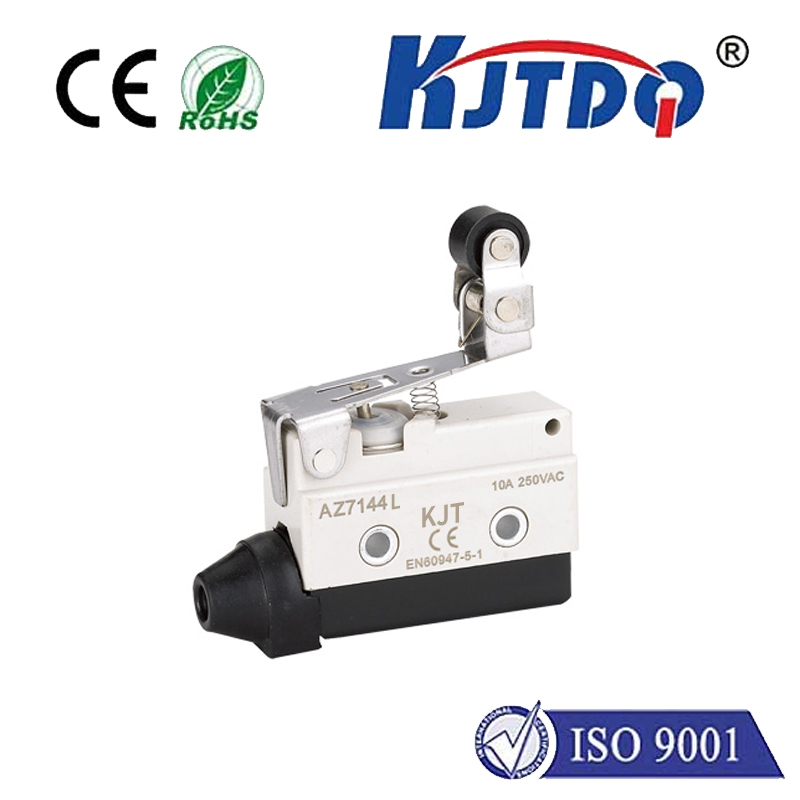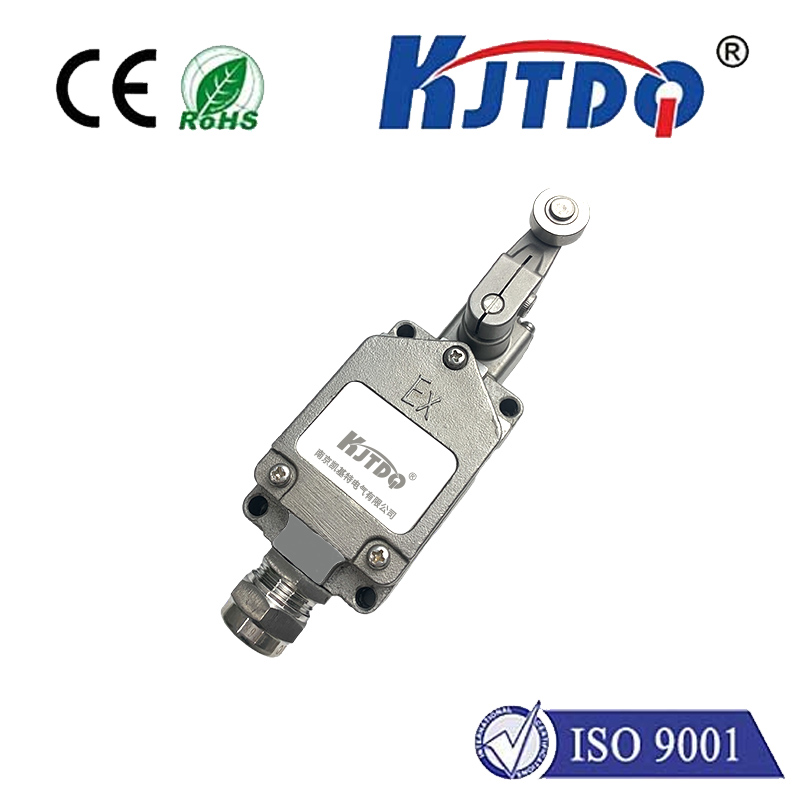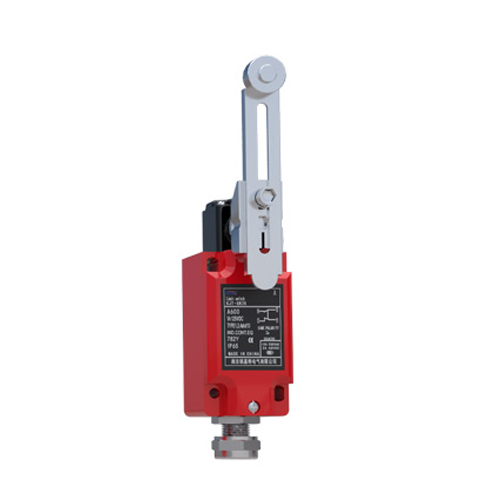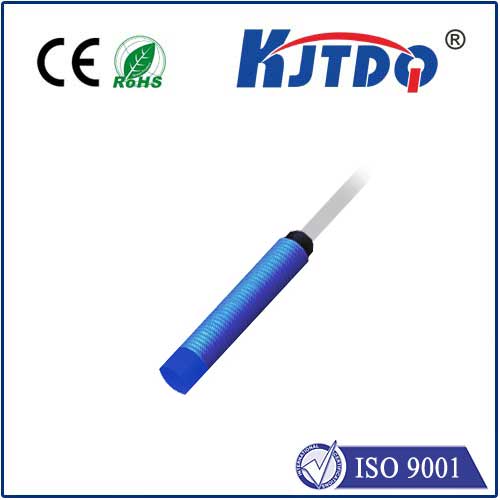multiple limit switch
- time:2025-08-06 12:03:34
- Click:0
Unlocking Precision and Safety: The Critical Role of Multiple Limit Switches in Automation
Imagine the smooth, relentless motion of a robotic arm on an assembly line, the precise positioning of a CNC machine cutting intricate parts, or the reliable stop of an elevator at your floor. Behind these seemingly effortless movements often lies a network of silent sentinels: multiple limit switches. Far from being redundant, this strategic deployment is fundamental to achieving unparalleled safety, enhanced operational precision, and robust system reliability in complex automated environments. Moving beyond a single point of detection unlocks capabilities essential for modern machinery.
Why a Single Switch Isn’t Always Enough
A basic limit switch is a marvel of simplicity. It detects the presence or absence of an object (typically via physical contact) and sends a simple electrical signal – essentially acting as a “go” or “stop” command tied to position. This works perfectly for straightforward tasks. However, industrial applications rarely remain simple. The limitations of a single switch become apparent when facing:
- Complex Motion Paths: Machinery requiring movement in multiple planes (X, Y, Z axes) or along non-linear paths needs positional feedback at various critical points. A single switch cannot provide this multi-dimensional control.
- Enhanced Safety Requirements: Critical systems demand redundancy. Relying on one switch for a critical safety stop is risky; if it fails, catastrophic consequences can follow. Multiple switches provide vital backup layers.
- Sequencing and Staged Operations: Many processes involve sequential movements or need to trigger actions at different points along a travel path (e.g., slowing down before stopping, activating a tool at a specific position).
- Over-Travel Protection: Safeguarding against mechanical damage if a primary stop mechanism fails requires backup limits at the extreme ends of travel.
The Power of Multiplicity: Key Applications

Strategically employing multiple limit switches addresses these challenges head-on:
- Mechanical Multiplexing for Complex Positioning: Think of a gantry crane moving loads in a warehouse. Separate limit switches are essential at the travel limits for the bridge (X-axis), the travel limits for the trolley (Y-axis), and the hoisting limits (Z-axis). This provides independent positional control for each axis, enabling precise placement anywhere within the crane’s three-dimensional working envelope. Similarly, CNC machines utilize numerous limit switches to define the boundaries of the work envelope for each axis, preventing collisions and ensuring accurate tool paths.
- Redundancy for Fail-Safe Operation (Safety Interlocking): This is paramount in high-risk applications like industrial presses, heavy lifts, safety doors, or personnel access gates. Here, redundant limit switches are deployed, often wired in series or monitored by a safety relay or PLC (Programmable Logic Controller) with dedicated safety logic. The core principle: both (or all) switches must agree (e.g., both indicating “door closed”) before a hazardous motion is allowed to start. If one switch malfunctions (fails open, fails closed, or wiring breaks), the system defaults to a safe state (machine stops, motion prevented). This redundancy significantly reduces the probability of a dangerous failure on demand (PFH/PFD values are improved).
- Enabling Complex Motion Control Sequences: In automated assembly lines or material handling systems, multiple limit switches act as position markers. For instance:
- A switch detecting a part entering a work station triggers clamping.
- A second switch verifies correct clamping position before a welding head activates.
- A third switch detects the weld head’s retraction before the clamp releases.
- A final switch confirms the part has exited before the next cycle begins. This orchestration ensures smooth, error-free sequencing.
- Implementing the Cascade Principle: Often used in conjunction with variable frequency drives (VFDs) controlling motors. A primary limit switch signals the system to begin deceleration as it approaches the desired endpoint. A secondary limit switch, placed slightly beyond the primary (acting as the absolute hard stop), cuts power completely if the primary switch or deceleration logic fails, preventing mechanical over-travel damage. This two-stage approach optimizes control and safety.
The Cascade Principle in Action: Consider a large automated garage door. A limit switch detects when the door is nearly closed and commands the motor to slow down significantly. Just millimeters later, a second, redundant limit switch acts as the final, failsafe stop, cutting power completely to prevent the door from crashing into the ground or jamming. If the first “slowdown” switch fails, the second stop switch still prevents damage and potential safety hazards.
Integration and Control: The Brain Behind the Switches
The true potential of multiple limit switches is unlocked through intelligent control systems. A PLC or dedicated motion controller acts as the central nervous system. It continuously monitors the signals from all deployed switches. Based on this real-time positional data and the programmed logic:
- It sends commands to actuators (motors, cylinders).
- Enforces safety interlocks by requiring specific switch states before enabling power.
- Manages deceleration profiles based on cascade switch activation.
- Triggers alarms or faults if a switch signal is missing, conflicting, or indicates an out-of-bounds condition.
- Provides valuable diagnostic information for maintenance.
Choosing the Right Switches for the Job
Selecting the appropriate limit switches for a multi-switch application involves careful consideration:
- Environment: Harsh conditions (dust, moisture, chemicals, extreme temperatures) demand ruggedized, sealed switches (e.g., heavy-duty oil-tight, high IP ratings).
- Durability & Life Expectancy: High-cycle applications (like packaging machines) necessitate switches rated for millions of operations.
- Actuation Type: Lever, roller lever, plunger, whisker – the choice depends on the target object’s shape, speed, and required actuation force. Magnetic proximity switches offer non-contact sensing useful in dirty environments or where physical contact isn’t desirable.
- Electrical Rating: Ensure the switch contacts can handle the required voltage and current of the control circuit (PLC input, relay coil, etc.).
- Safety Certification: For safety-critical redundant applications, using switches certified to relevant standards (e.g., ISO 13849, IEC 62061) is often mandatory. Their failure modes are rigorously analyzed (e.g., positively driven contacts).
Beyond Basic Control: A Foundation for Modern Automation
The strategic use of multiple limit switches transcends simple on/off control. It forms a cornerstone of sophisticated automation, delivering:
- Enhanced Personnel and Equipment Safety: Redundancy is non-negotiable for mitigating risks.
- Increased Precision and Repeatability: Enabling accurate positioning and complex motion profiles.
- Improved System Reliability and Uptime: Redundancy and cascade protection prevent failures and damage.
- Complex Sequence Enablement: Orchestrating multi-step automated processes reliably.
- Valuable Diagnostic Data: Switch states provide clear indications of machine position and potential faults.
From safeguarding factory floors to ensuring the smooth operation of transportation systems and enabling the precision of modern robotics, multiple limit switches, working in concert with intelligent controllers, are indispensable components. They provide the critical positional awareness and fail-safe layers that allow automated systems to operate efficiently, reliably, and above all, safely.






